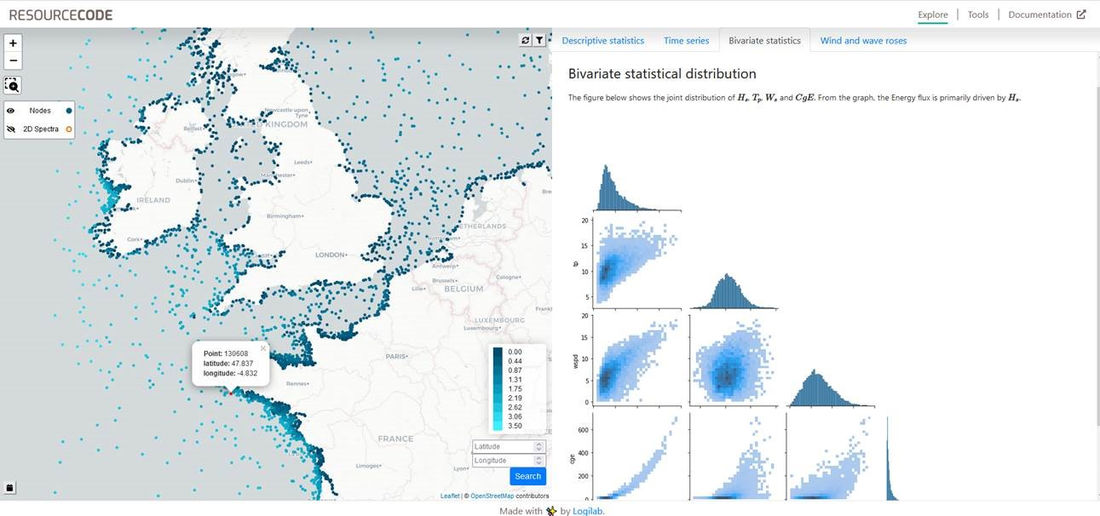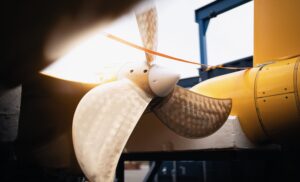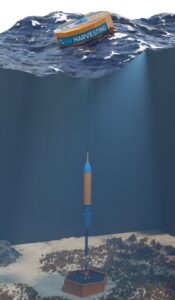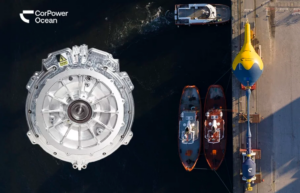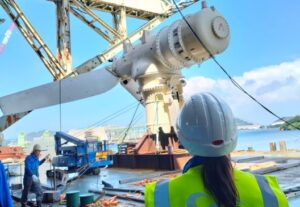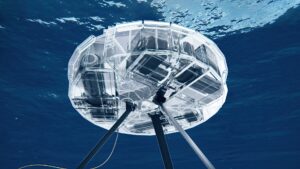Digital marine data toolbox goes live to support ocean energy expansion
A consortium of research organizations and marine renewable energy specialists has created a marine data toolbox for ocean energy project developers as part of the EU-backed ResourceCODE project.
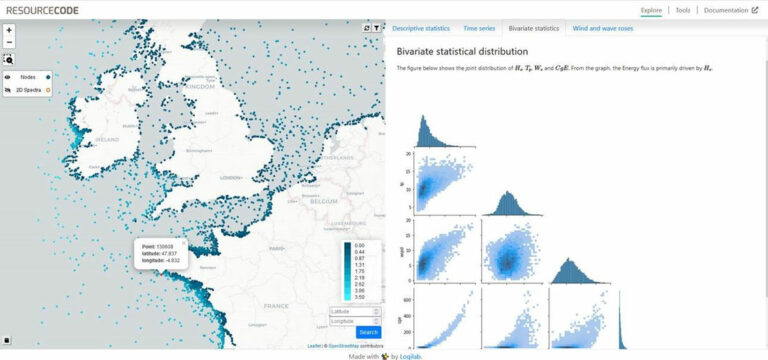
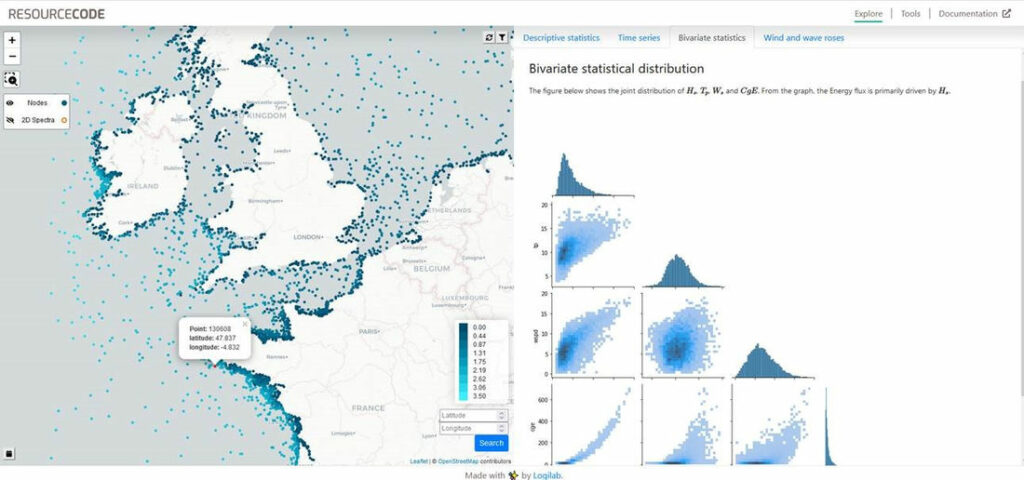
The digital ResourceCODE toolbox integrates 27 years of hindcast and metocean data from across Northwest Europe with analysis tools, offering free access to developers and stakeholders of ocean energy projects.
The toolbox was created with the primary purpose of opening up for developers, a wide scope of simple to use and freely available marine datasets, which enable improved engineering designs, optimized operations in demanding marine environments, and reduced barriers to growth of wave and tidal energy technologies.
Ultimately, the toolbox supports investment, expansion and the validation of ocean energy projects in the region, according to ResourceCODE team.
Though developed with wave and tidal energy in mind, the tool is also applicable and configurable to support the modelling and validation of other marine renewable energies, such as offshore wind.
ResourceCODE has been developed by a consortium led by Ifremer – the French Institute of Ocean Science, and the European Marine Energy Centre (EMEC) along with other project partners, including Innosea – the R&D, engineering and advisory specialist in marine renewable energies.
Remy Pascal, specialist engineer at Innosea, said: “Ocean technology holds substantial promise for the renewable sector, but its scalability and cost-effectiveness are hampered by the wide variety of environmental and spatial impacts on the technology’s infrastructure.
“ResourceCODE brings together a wide cross-reference of datasets to help understand varying loads impact on ocean energy infrastructure in different European locations. Ultimately, it delivers more accurate modelling early on in the development of the technologies and improved engineering designs for the long run.”
Innosea has supported the consortium with coding expertise to help create the online data analysis tool, as well as contributing design experience in wave energy converters (WEC) to steer the project.
According to project partners, ResourceCODE encourages the development and verification of resource modelling techniques for wave and tidal energy by bringing together partner data from labs, existing models, satellites and extensive metocean datasets across North-West Europe.
This wide cross-section of modelling data, will underpin design and operational decisions in European marine renewable energy deployments, enabling the delivery of more informed and accurate engineering designs.
“The end result will be improved cost-efficiencies through enhanced engineering and industrial approaches underpinned by a wider cross-reference of data,” added Pascal.
Follow Offshore Energy – Marine Energy

